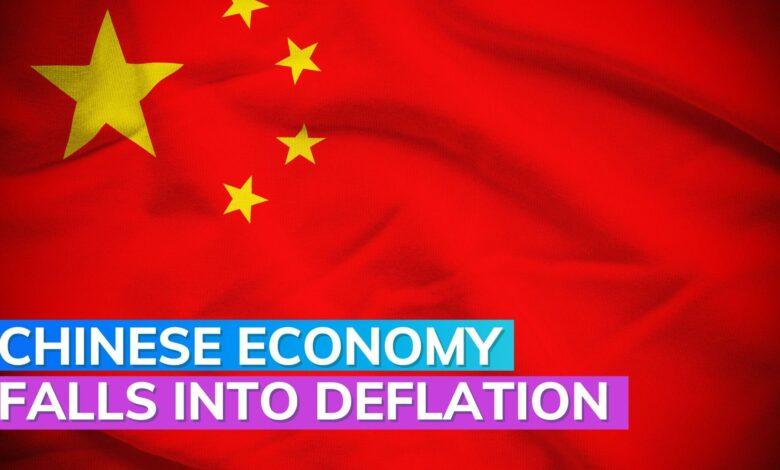Deflation, the inverse of inflation, signifies a persistent decline in the general price levels of goods and services within an economy. The recent occurrence of deflation in China, the world’s second-largest economy, has triggered concerns about its economic prospects and the need for robust policy responses from Beijing.
Understanding Deflation
Deflation can be succinctly described as a continuous reduction in overall price levels across an economy. This situation contrasts with inflation, where prices increase over time. In China’s case, both the consumer price index (CPI) and producer price index (PPI) reported declines in July.
- Consumer Price Index (CPI) Decline: China’s CPI dipped by 0.3 percent year-on-year in July, marking its first decrease since February 2021.
- Producer Price Index (PPI) Decline: The PPI experienced its tenth consecutive monthly decline, falling by 4.4 percent, surpassing the predicted 4.1 percent decrease.
These statistics underscore the mounting economic challenges confronting China.
Causes of Deflation in China
Deflation can stem from multiple factors, such as reduced consumer demand, an oversupply of goods, technological innovations that lower production costs, or stringent monetary policies by central banks. In China’s context, the primary drivers of deflation are diminished consumer demand and an economic slowdown.
- Reduced Consumer Demand: When consumers anticipate further price drops, they tend to delay purchases. This leads to decreased demand for goods and services.
- Economic Slowdown: China’s economic deceleration has contributed to the decline in consumer spending, amplifying deflationary pressures.
Implications of Deflation
While falling prices may initially seem advantageous to consumers, deflation can yield detrimental effects on the economy, mirroring China’s predicament.
- Negative Demand Cycle: Deflation can initiate a damaging cycle. Anticipated price decreases prompt consumers to postpone purchases, leading to reduced demand, lower production, decreased business revenues, potential layoffs, and a subsequent decline in consumer spending.
- Economic Contraction: The cyclical reduction in economic activity can intensify, causing a downward spiral marked by economic contraction, job losses, and financial instability.
- Real Burden of Debt: Deflation elevates the actual burden of debt. As prices fall, the relative value of debt remains constant or increases, straining the capacity of individuals, businesses, and governments to manage their debt obligations.
Countermeasures and Central Bank Intervention
In a bid to maintain economic stability, central banks usually target a consistent level of inflation. Moderate inflation fosters spending, investment, and growth. When deflationary pressures emerge, central banks adopt measures to counteract these effects.
- Interest Rate Reduction: Central banks may lower interest rates to encourage borrowing and spending, thereby mitigating the decline in demand.
- Money Supply Increase: Augmenting the money supply injects liquidity into the economy, stimulating spending and preventing a deflationary spiral.
- Monetary Tools Deployment: Central banks deploy a variety of monetary tools, such as quantitative easing, to promote lending and economic activity.


 Paris Olympics 2024 Medal Tally, India M...
Paris Olympics 2024 Medal Tally, India M...
 Which District of Madhya Pradesh is Famo...
Which District of Madhya Pradesh is Famo...
 EC Signs Electoral Cooperation Pact with...
EC Signs Electoral Cooperation Pact with...

